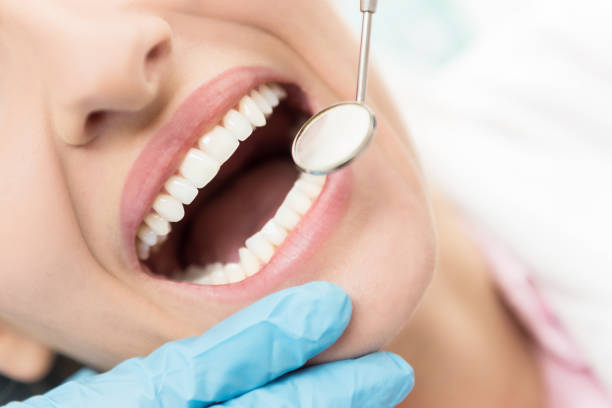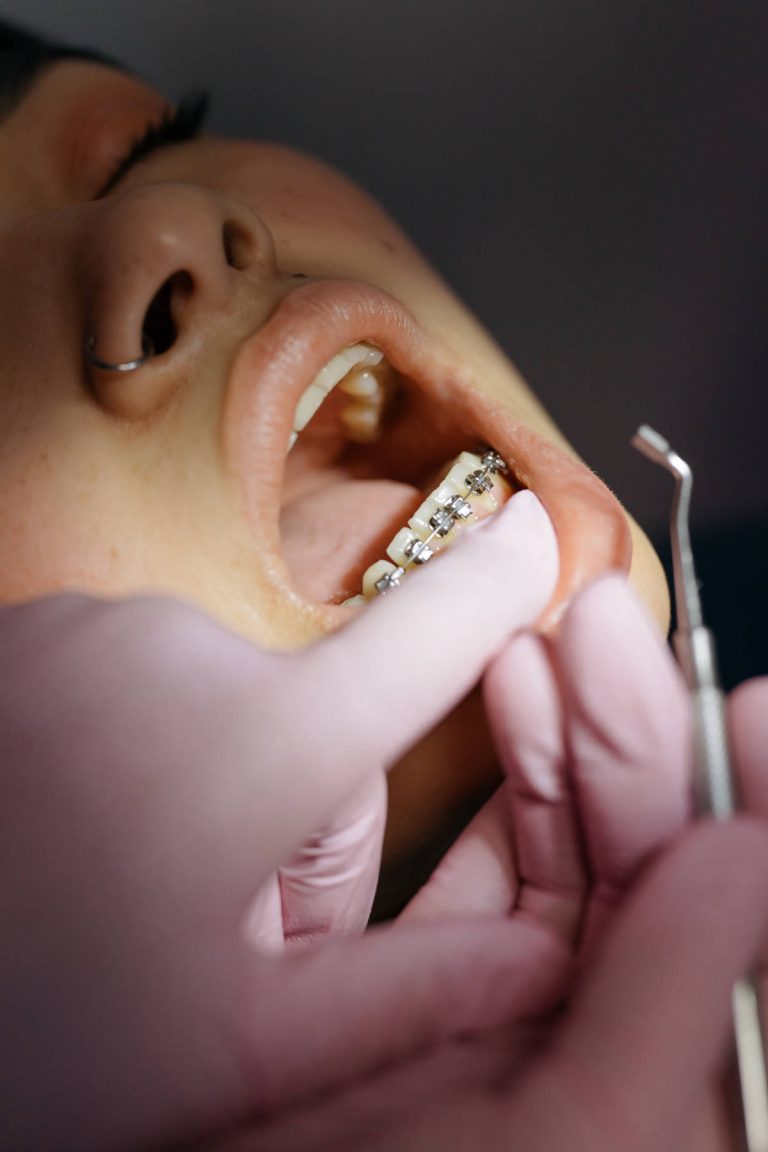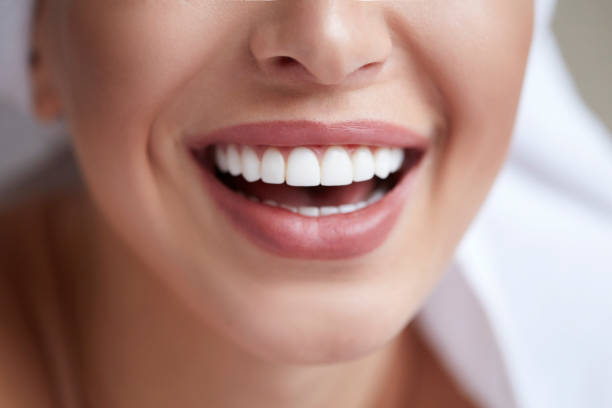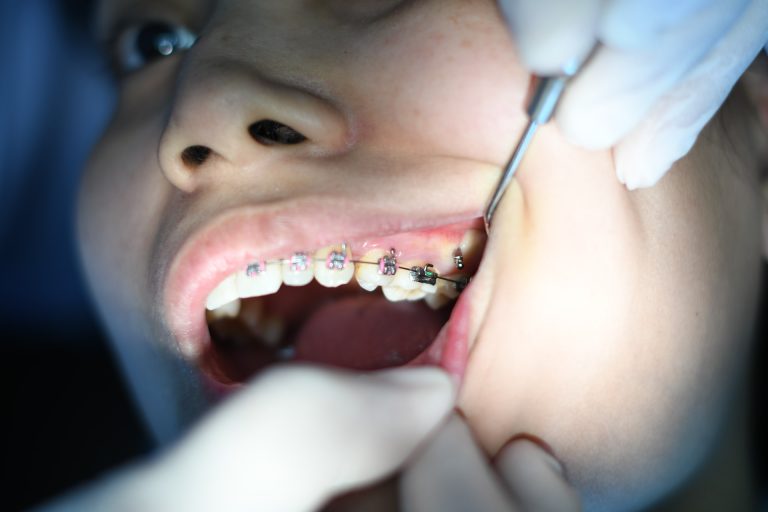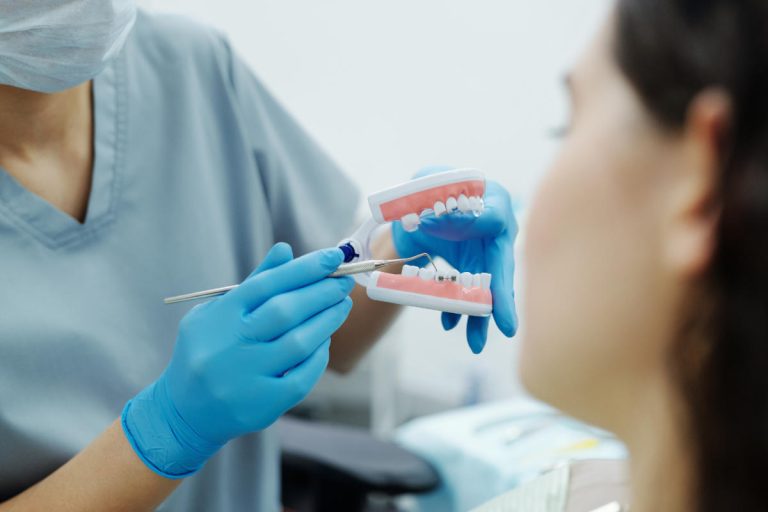Orthodontics, the branch of dentistry dedicated to correcting misaligned teeth and jaws, boasts a fascinating history that spans centuries. From ancient civilizations’ rudimentary attempts to modern-day technological advancements, the evolution of orthodontics showcases a tale of innovation, dedication, and the pursuit of a perfect smile. In this blog post, let’s journey through time and delve into the captivating history of orthodontics.
Since its inception, orthodontics has come a long way, allowing many people to smile and straighten teeth. Orthodontics is a branch of dentistry that deals specifically with the correction of misalignments of the teeth and jaws for the sake of health and good looks. Orthodontists are in high demand because of the growing number of people who wish to straighten their teeth and improve their appearance using either braces or Invisalign.
Orthodontics In The 17th & 18th Century
The introduction of impression techniques marked a significant advancement in the field of orthodontics. In the early 17th century, Matthaeus Gottfried Purmann employed wax to create impressions, followed by Phillip Pfaff’s use of plaster of Paris. Dentistry, and more particularly orthodontics, experienced a surge of progress in the 18th century. Pierre Fauchard, often regarded as the “Father of Dentistry,” made significant contributions to the field, including the development of the bandeau, a horseshoe-shaped metal strip with evenly spaced perforations for aligning crooked teeth. Fauchard also utilized pelican-shaped forceps to straighten teeth and secure them to neighbouring teeth during the healing process.
Orthodontics in the 20th Century
Edward Angle was the first dentist to recognize orthodontics as a distinct field of study in 1900. He formed the American Association of Orthodontists (AAO), started the first independent school of orthodontics, and originated the classification of malocclusions.1 In the past, orthodontic treatment aimed to improve bite alignment without removing teeth. According to Angle, a beautiful smile is the product of properly aligned teeth. Angle was against tooth extraction, hence none of his patients had their teeth pulled. Later on, some orthodontic specialists began to accept the idea of tooth extraction to make space for the teeth to align.
The Evolution of Orthodontic Appliances
Modern orthodontic appliances have come a long way since their inception, providing patients with more effective and pleasant treatment options. Metal braces were the go-to solution for crooked teeth in the early 20th century. Metal bands were placed around each individual tooth and attached using a wire to gradually move teeth into place.
With the advent of dental adhesives in the 1970s, orthodontists were able to permanently glue brackets to their patient’s teeth, doing away with the necessity for metal bands. This progress led to smaller, less obvious, and simpler to-clean braces. In recent years, a revolutionary new option to metal braces has appeared: Invisalign. Clear, custom-made aligners have been used by this groundbreaking technology since its debut in 1999. To address patients’ cosmetic concerns when considering orthodontic treatment, Invisalign provides a nearly undetectable option.
Modern Braces Today
Technology breakthroughs are expanding orthodontics’ potential for improvement. Orthodontists can now provide patients with the perfect smile courtesy of increasingly powerful and precise appliances thanks to advancements in manufacturing, mining, fabrication, and other fields.
Columbia Surgery claims that in 1895, Wilhelm Roentgen discovered X-rays by accident. By providing dentists with unprecedented visibility into the size, shape, and layout of your teeth, this technology substantially improved the precision of orthodontic work. Given this, it’s not surprising that X-rays will likely be used to monitor your orthodontic treatment.
In particular, advancements in materials science have allowed for the development of orthodontic products made from stronger, safer, and more aesthetically pleasing materials (such as ceramic brackets in braces). Wire wrapping was historically used to secure teeth in brackets by dentists. The advent of glue strong enough to allow brackets to be fixed directly to teeth cleared the way for the present generation of braces.
The development of modern computer technology has also contributed significantly to orthodontic progress. Imaging continues to progress, while technologies like computer modelling and 3D printing offer remarkable accuracy in the hands of dental professionals and fabrication laboratories.
While orthodontics will continue to progress, the greater importance of straight teeth, a good bite, and a flawless smile is likely to remain.
Entrust Your Dental Health With Southside Dental Care
As we look toward the future, advancements in digital technology and personalized treatment approaches promise further enhancements in orthodontic care. The journey of orthodontics reflects a commitment to improving smiles, boosting confidence, and ultimately enhancing the quality of life for countless individuals worldwide.
At Southside Dental Care, we are proud to share our expertise in the field of dentistry with the world. This brief history is a glimpse into the past of dental braces, and with this history, we are able to provide top-notch and outstanding dental care. Contact us today!
